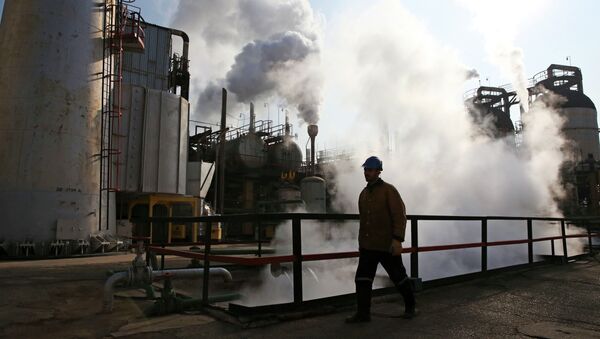Ahead of the imminent rise in Iran's exports, oil prices dropped below $30 a barrel on Friday for the first time in 12 years. US and Brent crude took this year's losses to more than 20 percent, the most dramatic two-week decline since the 2008 financial crisis.
The US oil-price benchmark ended at $1.78, or 5.7 percent, lower at $29.42 a barrel, the lowest result since November, 2003. Brent crude settled down $1.94, or 6.3 percent, at $28.94 a barrel, the lowest since February, 2004.
Once it returns to the market, Tehran is expected to target India, Asia's fastest-growing major oil market, as well as its old partners from the era before sanctions over Iran's nuclear program were introduced in 2012.
Since Iranian officials are aware that they're re-entering the game is quite ill-timed, they claim to be looking for alternative ways of trading their oil, including oil-for-goods bartering. Such agreements would help Iran become a strong competitor in the price war. It would also likely be especially advantageous for countries with smaller populations and less-industrialized economies like Saudi Arabia.
"We don't necessarily have to compete in price" said the head of Iran's oil exporters union Hamid Hosseini. "There are plenty of things the Saudis can't do."
Another possible option would be acquiring stakes in foreign refineries as such deals would guarantee long-term pledges to buy Iranian crude at better prices.
"The safest way to increase the exports is investment in refineries abroad. On this basis, the petroleum ministry wants to invest in refineries abroad, whose crude oil will be met by Iran," the head of the state-run National Iranian Oil Refining and Distribution Co. Abbas Kazemi told state media on January 9th.
Additionally, Iranian oil officials are considering the possibility of switching from the Dubai/Oman benchmark, offered by energy-information provider Platts, in hopes that it could avoid distortions from China even if it does not help the overall weakness in the oil markets.



